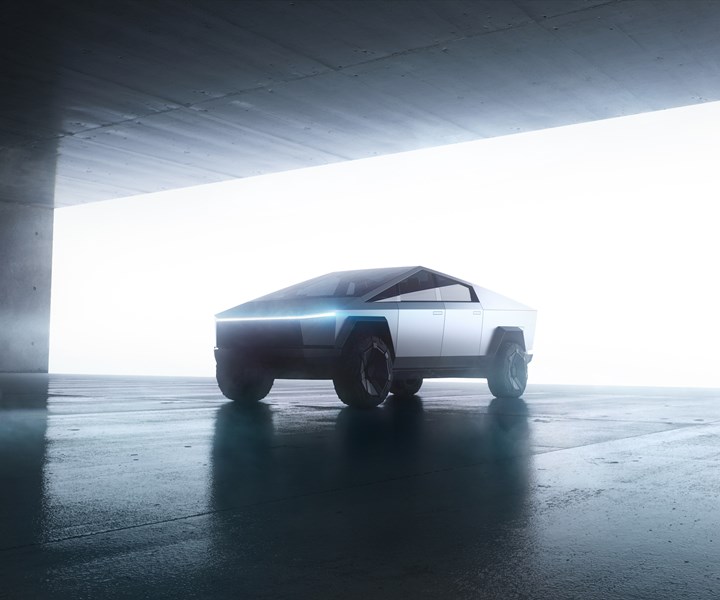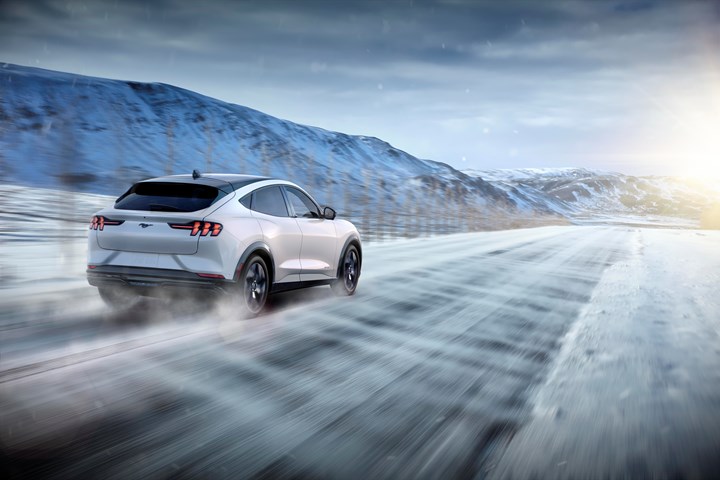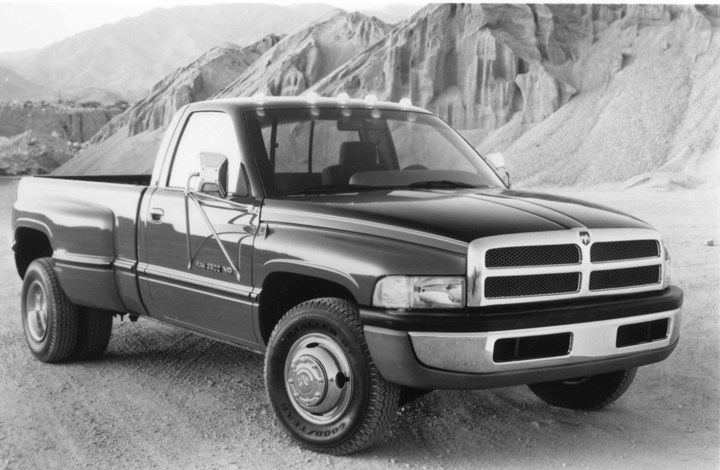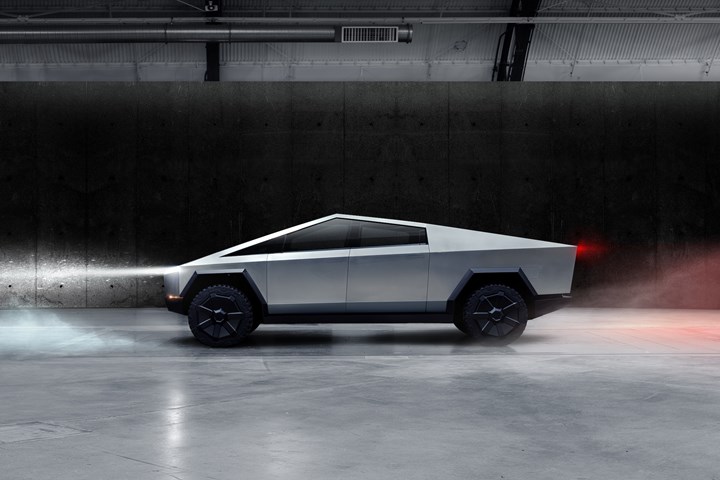On the Design of the Tesla Cybertruck
Franz von Holzhausen knows what he’s doing. Seriously.

The Cybertruck emerges. (Image: Tesla)
“If you don’t reinvent your design direction, then you will be surpassed.”
That’s from Franz von Holzhausen, who told me that in 2007, back when he was running the Mazda design studio in California. That period of Mazda design, informed by the Nagare design philosophy, was nothing but extraordinary, and it is arguable that the seeds that were planted back then continue to grow as the Mazda showroom has an array of vehicles that other companies would be proud to have as concepts.
Von Holzhausen left Mazda in 2008 and joined Tesla.
He has been heading up Tesla design ever since.
And with last week’s introduction of the Cybertruck it is fairly evident that von Holzhausen still believes that the reinvention of one’s design direction is absolutely critical.
GM Days
Von Holzhausen once worked at GM. While there, he worked on the Pontiac Solstice and Saturn Sky, two vehicles that I’m fairly confident some people at GM HQ still had in the portfolio: cars that were stylish, affordable and distinctive. Bob Lutz was at GM at the time, and while he has been critical of Tesla as a business, he has had nothing but praise for von Holzhausen’s designs at the company.
Given some geometric commonalities between the Cybertruck and the Pontiac Aztek, one wonders how Lutz feels about the latest from von Holzhausen’s studio, but that’s a story, perhaps, for another time.
The Cybertruck is not a pickup truck despite its having a box on the back, which in Tesla parlance is a “vault.”
The Cybertruck is a Tesla.
The Henry vs. the Mach-E
Think about this for a moment. Last week Ford introduced the Mustang Mach-E, an electric crossover with design cues from the legendary pony car.
Let’s say, for the sake of argument, that they had decided somewhere along the development path to call it the “Henry,” and made the argument that just as the Model T transformed transportation the world over in the 20th century, the Henry would do the same for the 21st. (Of course, the “Model E” would have had more historic resonance were it not for Tesla glomming on to the “Model” moniker.)
Would the Henry be as successful as the Mach-E is likely to be, even if they were the exact same vehicle? I think not.

The Mustang Mach-E. (Image: Ford)
Why? Because the Mach-E is a Mustang and the Henry would be a Ford. And there is a lot more juice to the name Mustang among vehicle enthusiasts, which is essential to move sheet metal.
Similarly, even though Elon Musk seems hell-bent on going head-to-head with the F-150, that’s really nothing more than a P.T. Barnum stunt.
The Cybertruck’s partisans are Tesla enthusiasts. And that’s not a criticism. To own a Tesla is something completely unlike owning a Ford or a Chevy or a Porsche or an Audi.
The only brand that has the same sort of power in the market is Jeep. (And as the folks at PSA in France look across the Atlantic toward Auburn Hills, they see that bright, Trail Rated jewel that is Jeep.)
But back to the design of the Cybertruck.
There’s 2019 Design. Then There’s 2019 Design.
Musk has said that it was influenced by the 1982 film Blade Runner. Funny thing about that: the movie is set in 2019.
Von Holzhausen comes out with a vehicle that has a remarkably discordant design vis-à-vis the dominant design language of today.

A bold statement back in the day (i.e., 1994). (Image: FCA)
But think about what he has done: he has taken a category, the light-truck, and blown the proverbial doors off it in a way that hasn’t been done in some 25 years, back when the 1994 Dodge Ram pickup with the “big-rig” appearance was launched (a vehicle that the aforementioned Bob Lutz is credited with bringing into existence).
“If you don’t reinvent your design direction, then you will be surpassed.”
Think what you will about the design of the Cybertruck, the global OEMs, who are reticent to be so bold, are going to have a hell of a time trying to surpass Tesla design.

Who will be able to catch that? (Image: Tesla)


.jpg;width=70;height=70;mode=crop)